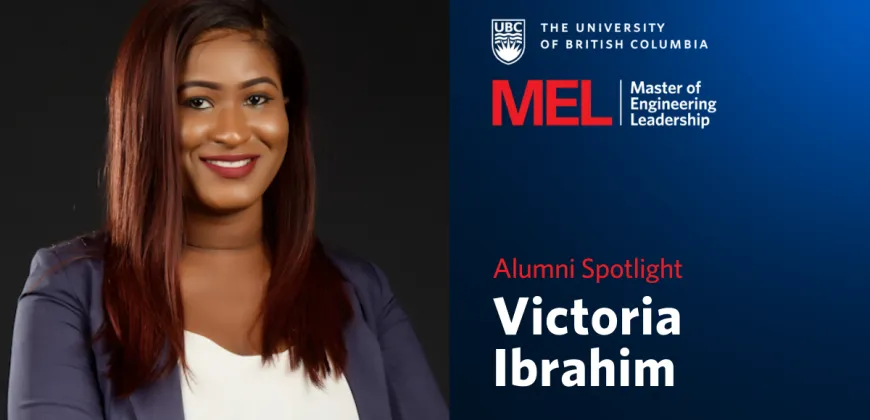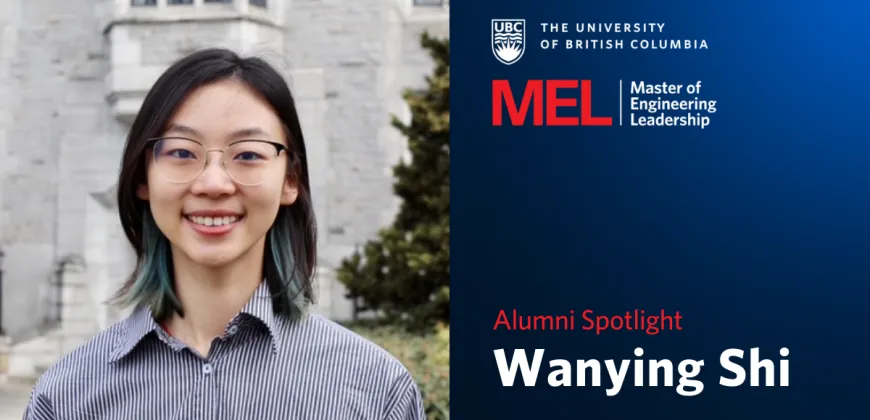Alumni Spotlight: Namendra Anand
In the summer of 2020, Namendra Anand began working as the Regional Energy Coordinator for the Ogemawahj Tribal Council in Ontario – a position that is enabling him to bring together his diverse skills to help First Nations achieve their clean energy goals.

For most of his 14-year career with NTPC, India’s largest power utility, Namendra Anand oversaw generation-side energy management. As an engineering manager, he held a range of responsibilities in project management, mechanical maintenance, operations, procurement, contracts, quality control and energy auditing of super thermal power stations of up to 3000 MW capacity. A few years ago, however, he shifted into the role of manager of technical services for the construction of a 120 MW hydro electric project, sparking an interest in green energy.
“Having worked in thermal plants, I understood the impact of heavy industry on the environment,” he says. “Through my own research, I found that BC is a leader in clean energy and is taking concrete steps to reduce carbon emissions. I decided I wanted to focus my career in this area and UBC’s Master of Engineering Leadership (MEL) in Clean Energy Engineering stood out as a one-of-a-kind program without equivalent anywhere in the world.”
Once he was accepted to the program, he connected with the MEL office through a video conference and joined a Facebook group for all the incoming students. This enabled him to meet his peers online and share knowledge about finding housing, transferring money to Canada and BC’s public education system. Namendra, his wife and two children found accommodation at Acadia Park, family housing at UBC, and soon fell in love with Vancouver. They made friends with neighbouring families and greatly enjoyed the convenience of the city’s transit and living in a neighbourhood with grocery stores, schools, playgrounds and other amenities within walking distance.
Engineering classes and industry experience
Namendra says that the broad overview of the clean energy sector provided by the technical courses, and in particular, the Energy Efficiency & Conservation, was invaluable.
“We studied all the engineering concepts of demand side energy management, including measurement and verification. Through this course I became familiar with energy-efficient technologies for green buildings and industrial processes, occupants’ behaviour and BC’s regulations and policies. Many industrial professionals shared their experience as guest speakers during the course, and it was an excellent way to learn what’s happening in the energy sector and gain a sense of the ground-level reality about how to work towards demand side management.”
Clean Energy Engineering students complete a capstone project with a private- or public-sector organization, and Namendra conducted his capstone project with Arctic Energy Alliance. He analyzed the requirements for developing electric vehicle charging infrastructure in the Northwest Territories, looking at the predicted uptake of electric vehicles in the area, identifying proposed locations and requirements of energy supply for the recharging stations. He then analyzed the financial requirements and identified funding opportunities from federal and territorial governments to develop a business model.
He also had an opportunity to work with Harmac Pacific, a pulp mill on Vancouver Island, to calculate the carbon emissions generated by the pulp dryer and identify energy conservation measures to reduce those emissions, such as by using electricity rather than natural gas. As with his project for Arctic Energy Alliance, he proposed an investment idea, identified sources of funding and developed different alternative business models for the company.
Learning from the MEL program helped him obtain Project Management Professional (PMP) and LEED Green Associate certification while studying, and he recently passed the Certified Energy Manager (CEM) exam.
Business case studies broaden perspective
Namendra came to the MEL with an MBA and rich experience in management, budgeting and overseeing financial controls.
“What I learned in the business courses in my MEL was quite different from my MBA,” he says.
“While the fundamentals of management are the same, the learning environment in our Sauder classes was completely different. We reviewed so many case studies of different organizations around the world, which gave us a very broad view. The best part of these classes is that you take them with the entire cohort of the MEL and MHLP programs. The group activities bring you closer to each other and we could see how our understanding of issues is influenced by our perspectives and backgrounds. We’d all read the same case study, and we’d all have very different viewpoints.”
He also chose to take a course on private public partnerships (P3) as one of his business electives, and says that the large number of guest speakers in this class gave students a clear understanding of how this P3 model is being used for large infrastructure projects in Canada.
Launching a new career
After graduating in December 2019, Namendra did part-time consulting work while looking for full-time employment. In the summer of 2020, he accepted the position of Regional Energy Coordinator for the Ogemawahj Tribal Council and moved across the country to Barrie, Ontario, with his wife Sonali Das (who is part of the 2020 cohort of the MEL in Clean Energy Engineering) and their two children.
Representing six member First Nations located north of Toronto, the Ogemawahj Tribal Council provides expert advice to the Chiefs and Councils on engineering, water and waste water, project management, education and training, and exploring funding opportunities to support the First Nations in planning and delivering their goals.
As Regional Energy Coordinator, Namendra is responsible for ensuring that the communities’ energy needs are met, and his range of responsibilities draws on his expertise in both the supply side and demand side of the energy management, as well as his skills of stakeholder engagement and project management.
He’s currently developing a Regional Energy Plan for long-term sustainable energy management. “The long-term goal is to achieve energy independence,” he says, explaining that the Tribal Council’s current vision is to eventually generate renewable energy within the community to meet electricity needs and advancing community development. “Being energy self-sufficient is perceived as a path to supporting economic growth by reinvesting savings from energy bill in other community initiatives.”
Namendra is also working on at least dozens of other initiatives, from seeking ways to improve the energy efficiency of buildings in the six First Nations communities to securing funding sources and consultants for energy projects. He is organizing community engagement workshops on energy issues to act as energy and sustainability educator.
“I feel so lucky to have done the MEL,” he says.
“Taking a year away from my career allowed me to think more deeply about my interests and values and identify what makes me feel fulfilled. My experiences as a student during the year and as a volunteer at a CEM10/MI4, the Clean Energy Ministerial conference, were inspiring. It helped me realize I’m passionate about energy efficiency and sustainability – and this job is enabling me to apply my knowledge and skills to make a difference, especially for reconciliation efforts with the Indigenous communities through clean energy projects.”
-
Take the steps to join the next cohort of engineering leaders. If you haven’t already, assess your eligibility and sign up for the upcoming information session to learn how to submit a strong application. Learn more about this innovative master’s program:



